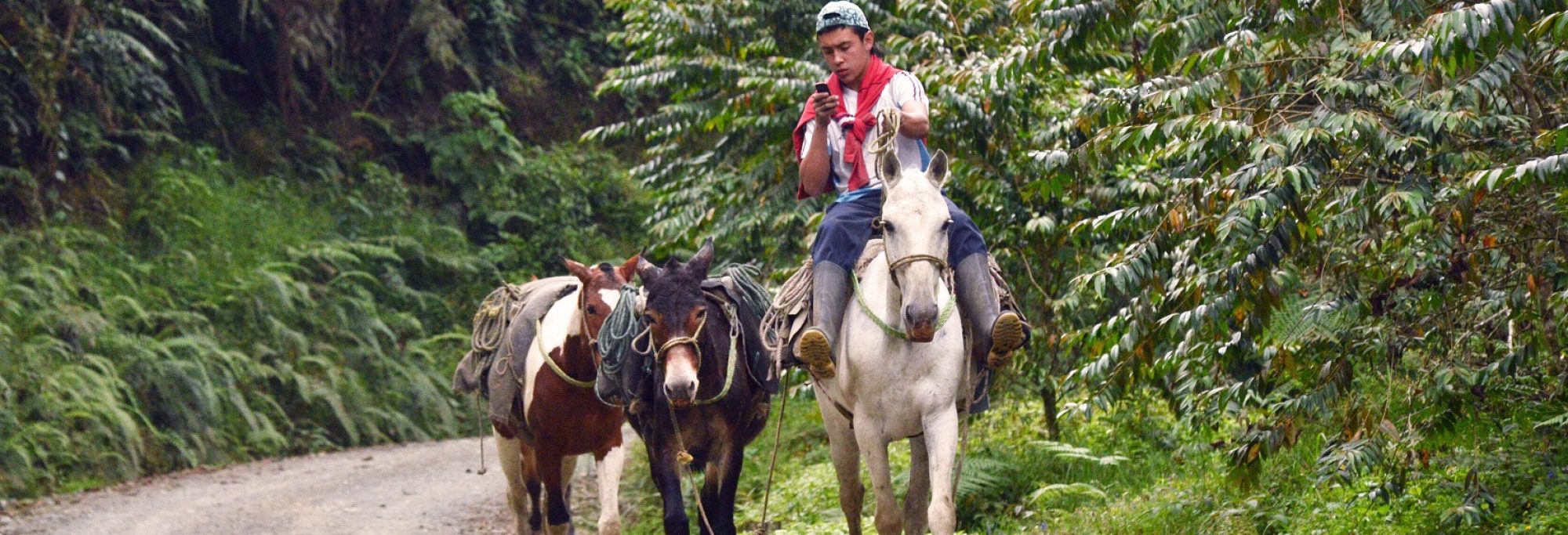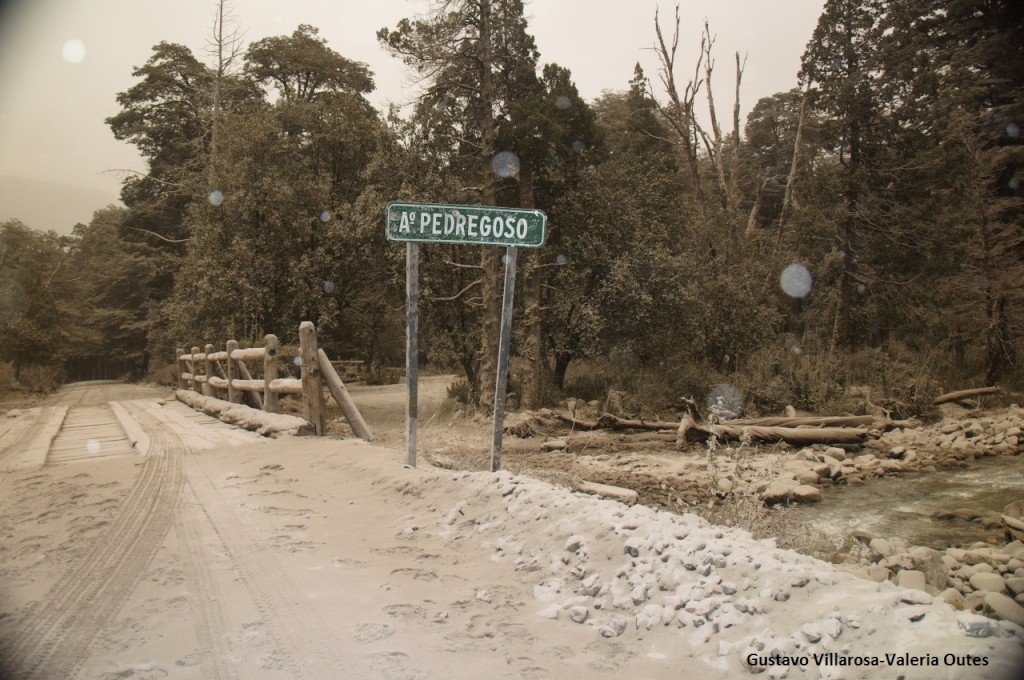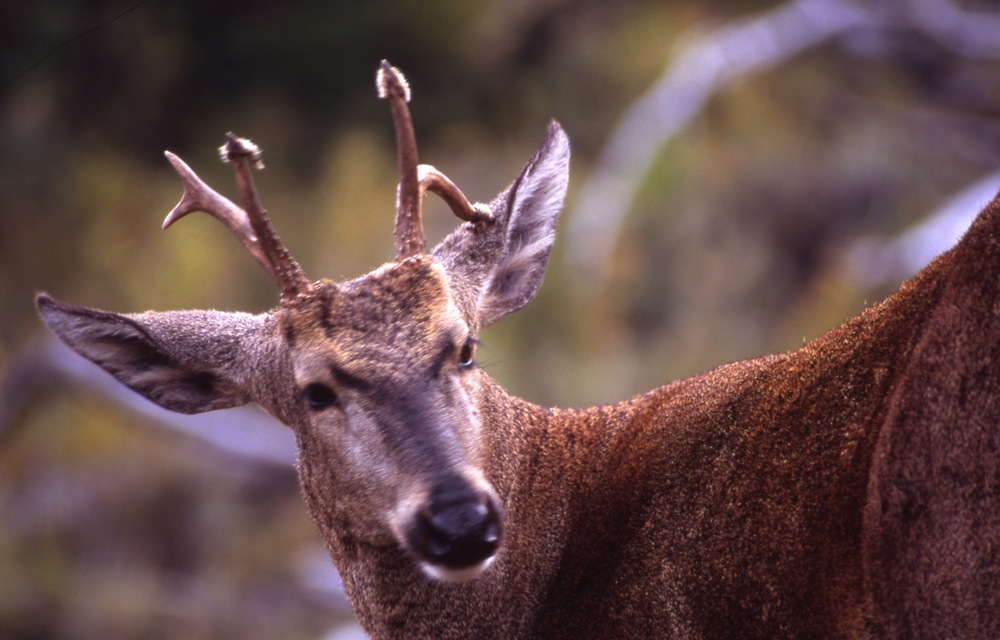Patagonia’s endangered huemul has its share of predators. Pumas, foxes, and the occasional poacher are expected, but a new threat has become a hounding concern in Chile’s Aysen region. Dogs belonging to residents living near Lake Cochrane are killing young fawns, and injuring and sometimes killing adult huemul.
The huemul is a rare creature in the Patagonian landscape. An Andean deer that bears a strong resemblance to North American deer, the huemul (pronounced weh-MOOL) tends to live in much smaller groups. They are also docile creatures, a characteristic that may have sealed their fate.
“You can almost reach out and touch them,” says Paulo Corti, an animal ecologist and veterinarian at Chile’s Austral University in Valdivia. He’s been tracking huemul populations since 2003 and estimates there are fewer than 2,000 left, living in 12 fragmented populations along the Argentine and Chilean slices of Patagonia, the largest of which lives in Chile.
Since the arrival of Europeans in the 1500s, the huemul population has been in slow decline. Once abundant from central Chile to Tierra del Fuego, hunting initially cut huemul numbers in half. Now, the patchy Patagonian forests they inhabit are continually being converted to farmland.
Continue reading “In Chile, threats to the endangered huemul include dogs”



